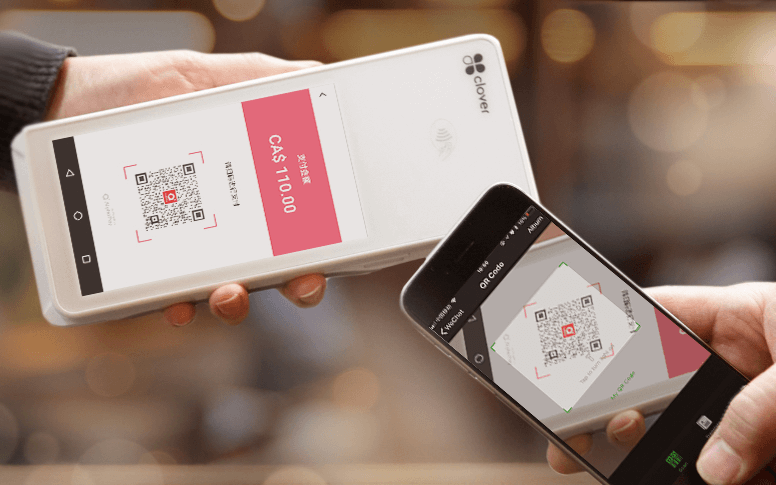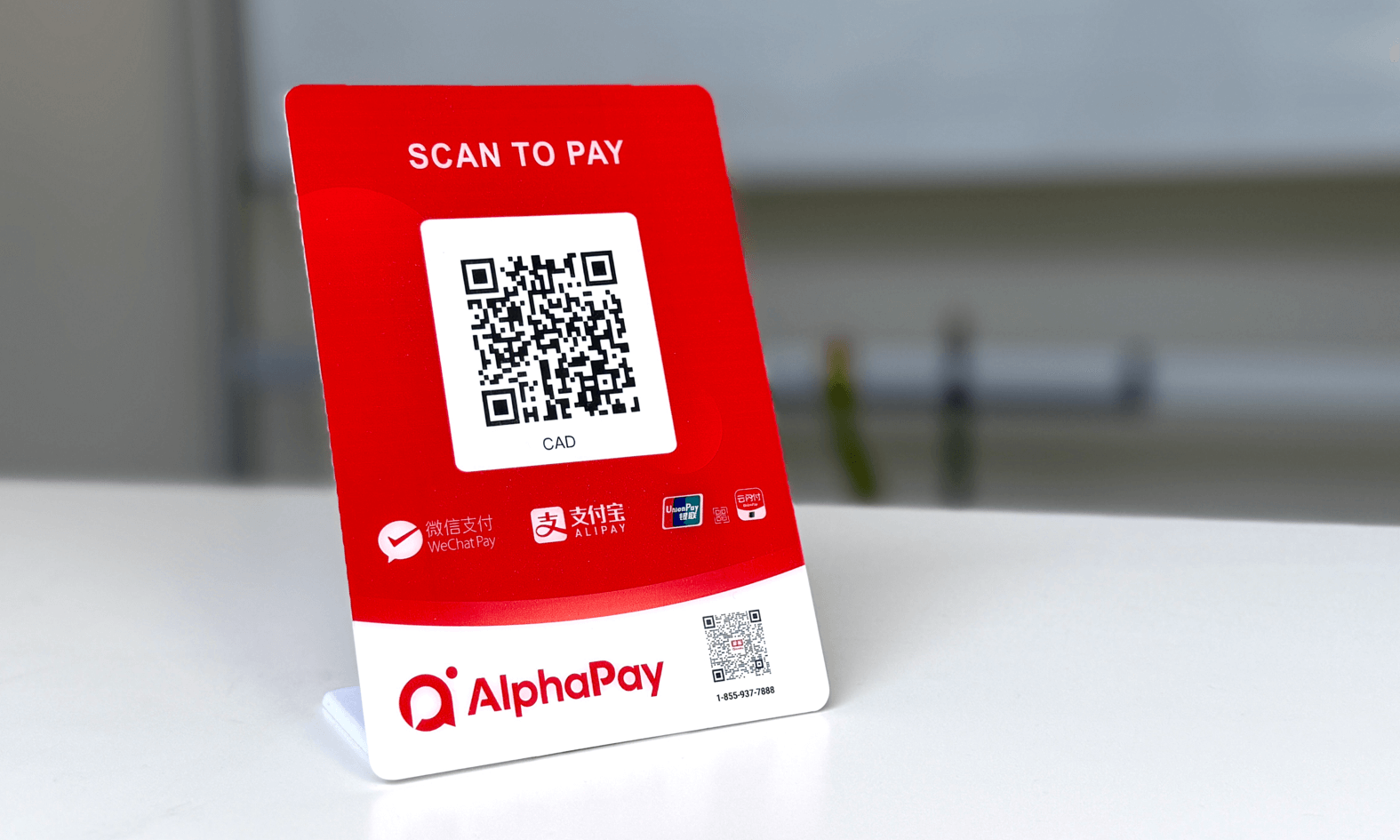Turnkey pop-up platforms make expansion easier by taking care of logistics such as fixtures, POS setup, staffing, and analytics. This frees retailers to focus on connecting with customers, an experience that 73% still prefer in person.
Opening a new retail location is a milestone. It signals that your brand is growing, that your customers are loyal, and that you have built something worth replicating. Yet many Canadian retailers underestimate the complexity of running more than one store. The risks are real, but so are the opportunities when you plan strategically and use the right tools.
Rather than relying on generic advice, here are practical, proven strategies that successful retailers are using right now to expand without overextending yourselves.
In This Article:
Questions to ask yourself before expanding
Popups vs soft opening
POS Systems and Analytics
Tailor your inventory to the local market
- Localized marketing launch plan
Questions to Ask Yourself Before Expanding:
Is my current location consistently profitable year-round?
Am I building a loyal and growing customer base?
Do I have clear evidence of demand in the new market?
Can my current systems handle the workload of multiple stores?
Is there a strong management team ready to run locations independently?
Do I have enough financial reserves to weather delays or a slow start?
If you can answer “yes” to most of these questions, you’re in a stronger position to expand. If not, focus on strengthening your existing store and systems first.
Popups Vs Soft Opening
When should you consider a popup and when to consider a soft opening?
To test the waters, many businesses choose to reduce risk and test demand through either pop-up shops or soft openings.
Pop-Up Shop
A pop-up is a short-term retail presence, often lasting from a few days to a few months. It’s ideal for gauging demand in a completely new market or experimenting with a smaller footprint. Pop-ups allow you to:
Test customer interest without the cost of a permanent space.
Build awareness and excitement ahead of a full launch.
Experiment with different product assortments to see what resonates locally.
Platforms like PopupTogether, Pop-Up Go, and Storefront make it easy to find temporary spaces and even provide turnkey setup, staffing, and analytics so you can focus on sales and customer engagement.
Soft Opening
A soft opening is a controlled, early launch of your actual new store before the official grand opening. It’s best suited when you’ve already committed to the location and want to:
Train staff in a live environment.
Work out operational kinks before facing peak traffic.
Gather real customer feedback and adjust before your formal launch.
Many retailers invite a select group of customers, local influencers, and community members during a soft opening to build word-of-mouth before going public.
Which to choose?
If you’re still deciding whether a location is worth the investment, a pop-up is the lower-risk option. If you’ve already secured the space but want to refine operations and create buzz, a soft opening sets you up for a smoother official launch.
Testing the Waters Work Better Than Most Tactics
Testing the waters before a full-scale launch can save time, money, and stress. Short-term strategies like pop-up shops or small-format locations give you a real-world read on customer demand without the long-term financial commitment of a permanent lease. This approach turns guesswork into hard data to help you decide if a market is truly worth investing in.
In Canada, flexible retail options make testing easier than ever. There are many options for platforms that offer spaces in high-traffic locations, ranging from vacant storefronts to cafés, art galleries, and even rooftop venues, allowing you to match the setting to your brand and audience.
Market conditions also make testing attractive. Vancouver’s downtown lease vacancy reached 14.9% in 2023, while Toronto’s sat below 1.5%. Pop-ups allow retailers to seize available space where it exists and test demand in markets where leases are harder to secure.
Turnkey pop-up platforms lower barriers further by handling logistics like fixtures, POS setup, staffing, and analytics. This allows retailers to focus on engaging customers—something 73% of shoppers still prefer to do in person. The temporary nature of a pop-up also creates urgency, boosting both sales and visibility.
Canadian fashion and specialty retailers are increasingly using pop-ups in high-traffic areas, seasonal markets, and even inside larger stores to build buzz and gather valuable customer insights before committing to long-term expansion.
POS Systems and Analytics
Opening a new location can expose weaknesses in staffing and leadership if there is no consistent structure in place. Successful multi-location retailers focus heavily on training store managers and ensuring they can lead teams independently while still aligning with company culture.
Consider cross-training managers by having them work in different locations before your new store opens. Use POS analytics to identify peak traffic periods and make informed staffing decisions. These steps ensure that both locations deliver the same standard of service, even when you can’t be in two places at once.

Technology can make or break your expansion. With a cloud-based POS like Clover, you can track sales, inventory, and employee performance across multiple stores from a single dashboard. You can also transfer inventory between locations, run centralized promotions, and access reports that give you a clear view of your entire business.
When paired with AlphaPay’s integrated payment solutions, your new location can be up and running quickly, offering seamless payment options that customers expect, from Interac debit to mobile wallets.
Use advanced location analytics to choose your site
Traditional methods like counting foot traffic or reviewing census data only scratch the surface of what makes a location viable. Canadian retailers now, can use cell phone location analytics from providers such as to see where potential customers live, work, and shop. This data reveals whether two sites will attract unique audiences or if one will simply steal sales from the other.
By investing in this type of research before committing to a lease, you can avoid costly mistakes and open in a location that truly extends your reach.
Develop a Localized Marketing Launch Plan
Treat your new store’s opening as a campaign:
Work with nearby businesses on joint discounts, shared ads, or co-hosted events to tap into their customer base.
Run geo-targeted ads on Facebook, Instagram, and Google at least four weeks before launch. Highlight sneak peeks, staff introductions, and opening offers to build anticipation.
Invite influencers, local media, and loyal customers for a private event. Offer samples, early access, and encourage social sharing.
Continue promotions for 60–90 days after opening with loyalty incentives, in-store events, and community partnerships to build lasting awareness.
Ready to make your next location a success?
Discover how AlphaPay can help you expand smarter—connect with our team today to get started.








